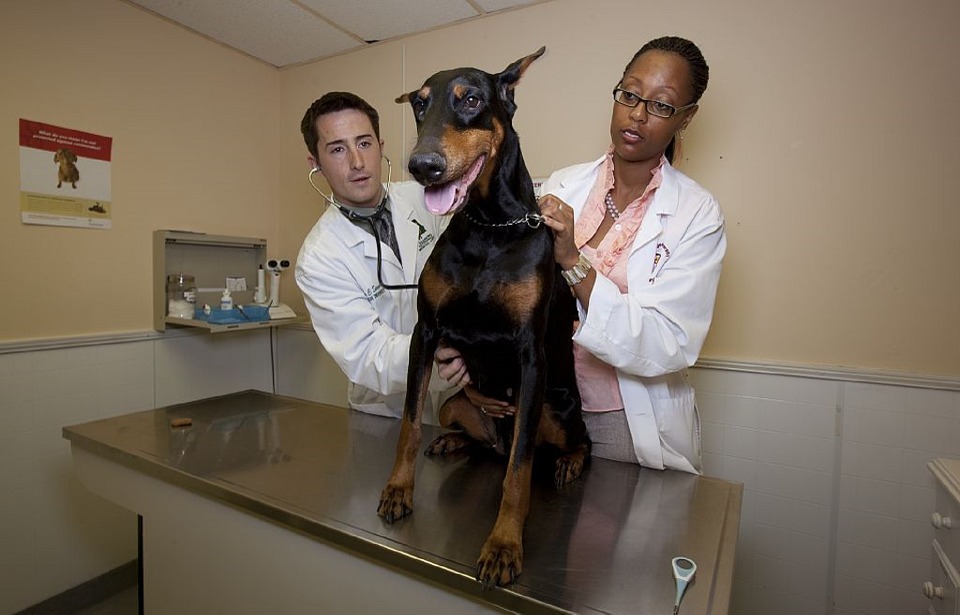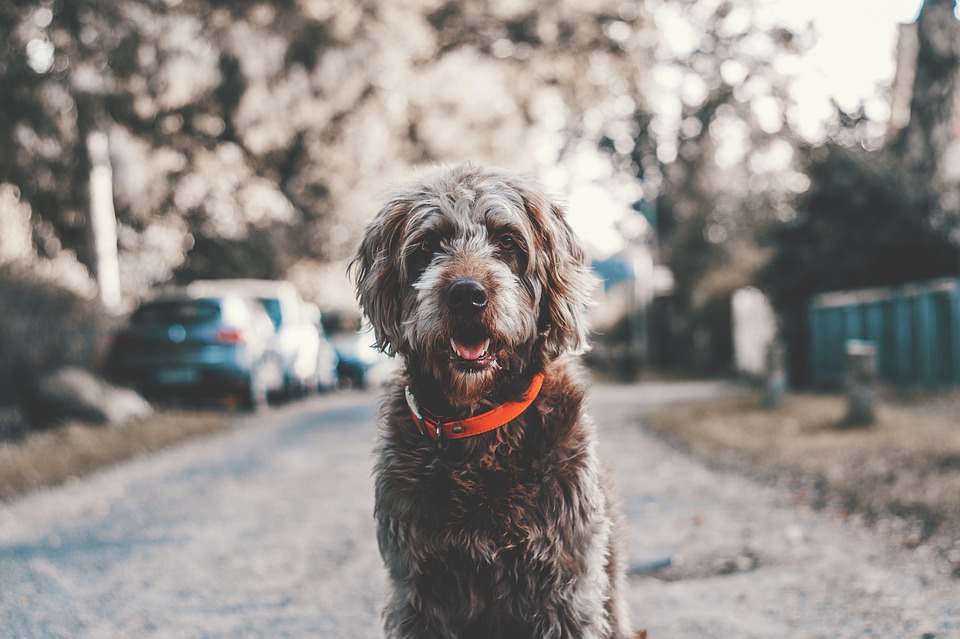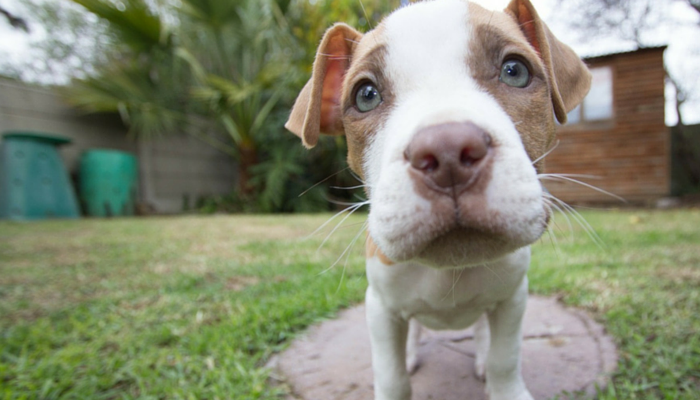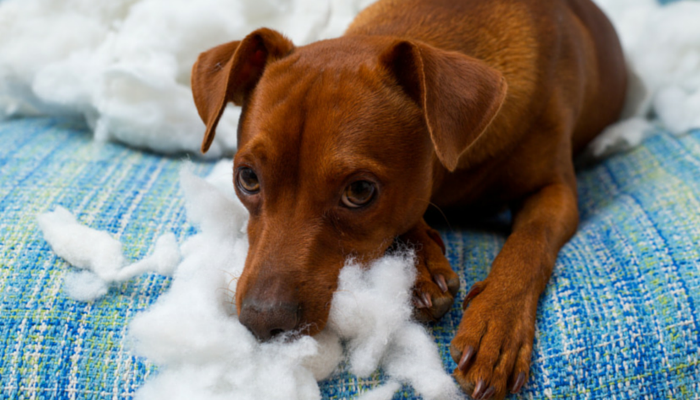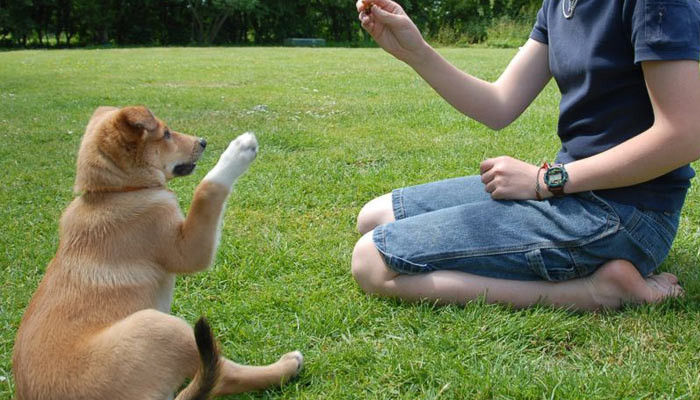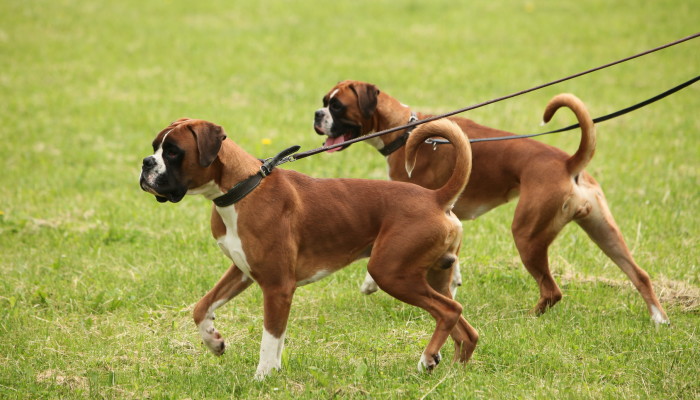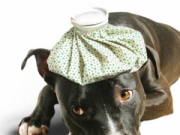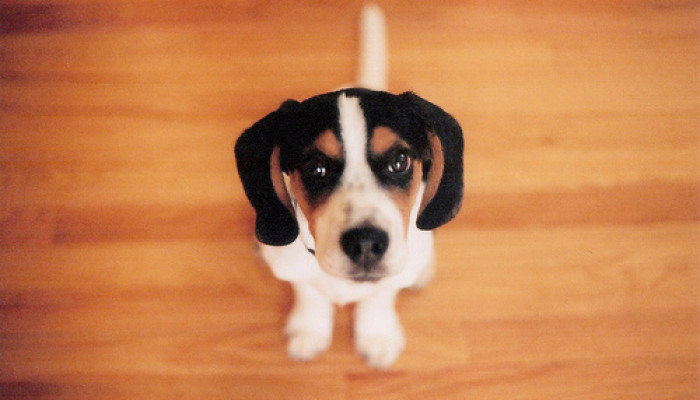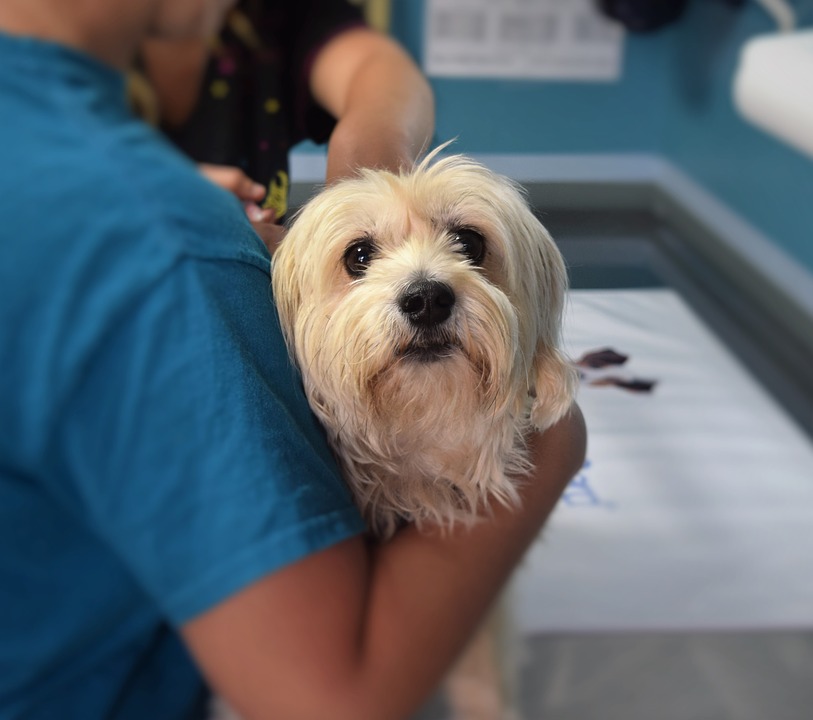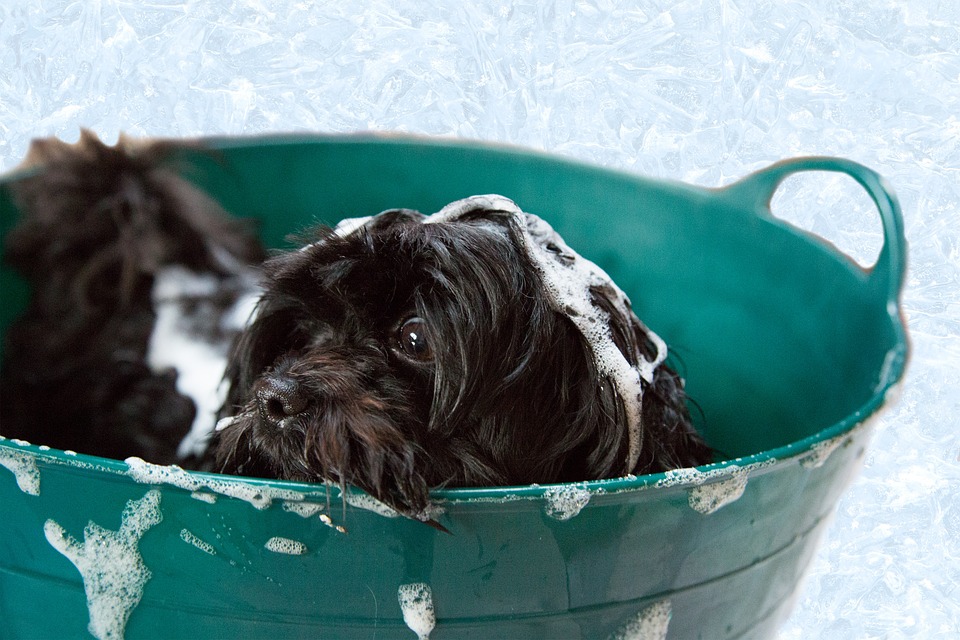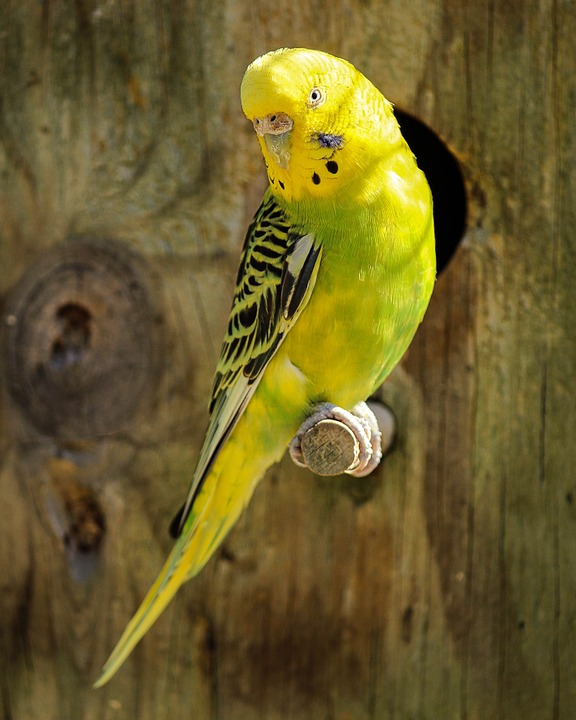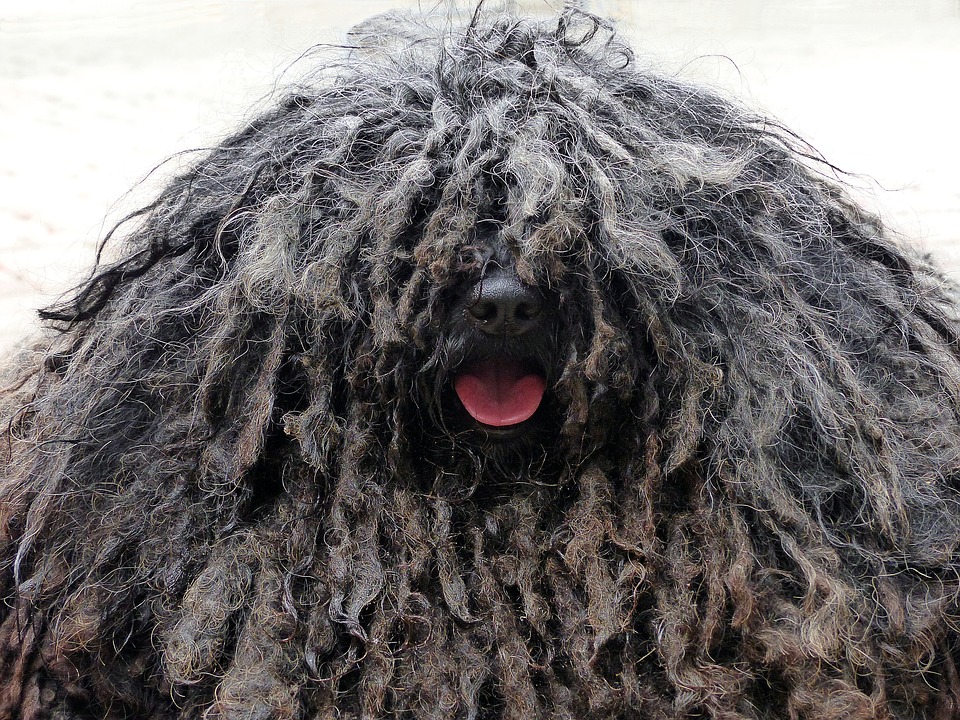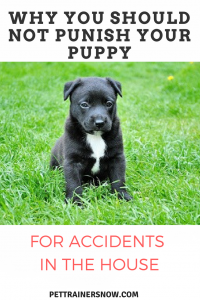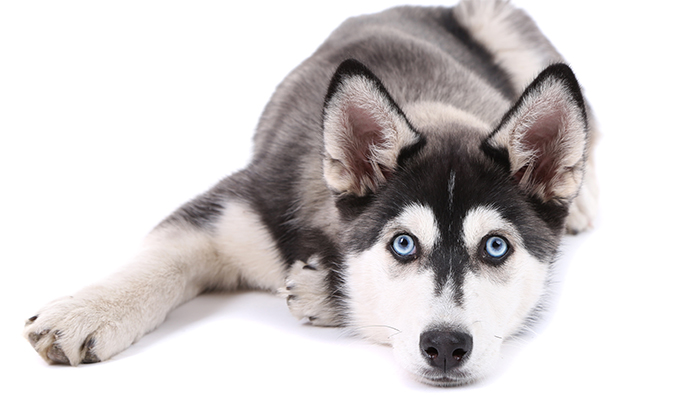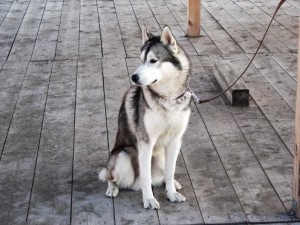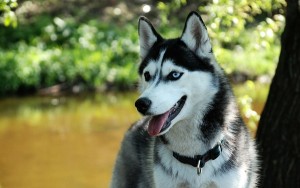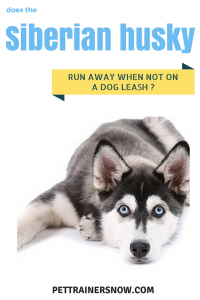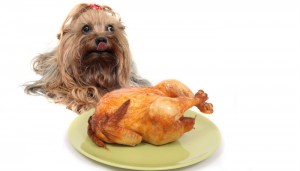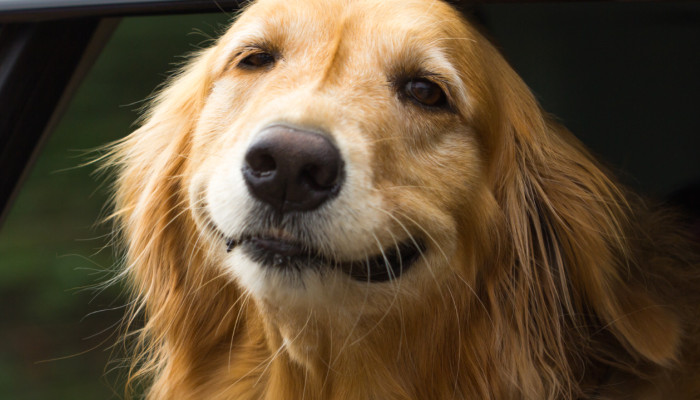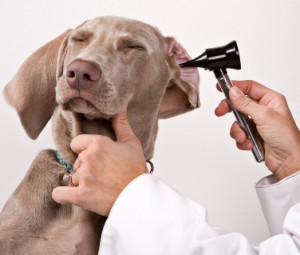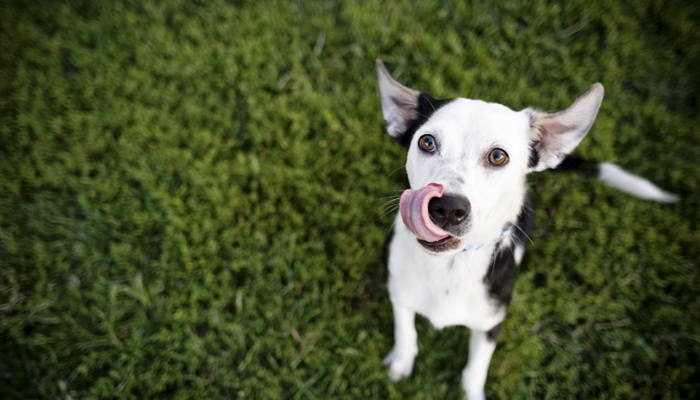Why Shouldn’t I Punish My Dog for Accidents in the House?
House training a dog can be a frustrating experience, particularly if your dog isn’t making the transition as quickly as you would like. At some point during your house training, your dog is likely to have an accident in the house, and the way you handle it is very important. It is crucial that you do not punish your dog for having an accident in the house for a number of reasons, which are discussed below.
The Details
- Puppies can’t control their bladders. A puppy can only control his bladder for one hour for every month of age. Thus, a 2-month old puppy can only control his bladder for about two hours.
- It might not be the dog’s fault. If you left the dog alone for longer than he could control his bladder, you should not punish him for something he could not control.
- Your dog might not connect the punishment with the behavior. If your dog has an accident in the house, it is likely that you will discover it after the fact. Punishing your dog will not make sense to your dog unless it immediately follows the behavior itself.
- Your dog could become confused. If you start pushing your dog for having accidents in the house, he may not understand what he is being punished for. He may, therefore, start to become nervous around you.
P.S. Keep these tips handy for your board by pinning this! Thanks!
- It could harm your relationship with your dog. If your dog starts to associate having your attention as a bad thing, a precursor to a punishment, he may start to avoid you. This is not a good way to foster a healthy relationship with your dog.Repeated punishment could induce fear. Dogs have a natural desire to please their masters, but if you start to punish your dog repeatedly, he could learn to become afraid or nervous around you.
- Punishment doesn’t address the core issue. Punishing your dog for having an accident in the house does nothing to dissuade him from doing it again. You need to teach your dog where it is appropriate to do his business, and give him opportunity to do so by taking him outside frequently.
- Punishment is not an effective training method. Studies have shown that dogs learn more quickly with positive reinforcement than they do with punishment. If you reward your dog for good behavior rather than punishing him for negative behavior, he is more likely to repeat the good behavior.
- It could be a medical condition. If your dog has already been housetrained but starts having accidents in the house, you may want to take him to the vet to make sure he doesn’t have a medical condition affecting his ability to control his bladder.
T he Bottom Line
he Bottom Line
When housetraining your dog, you should expect to deal with an accident in the house from time to time. It is important during these times that you do not get mad and punish your dog. Punishment is not an effective training method, and it may do more harm than good.

